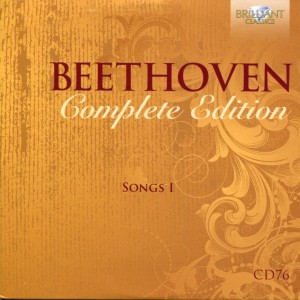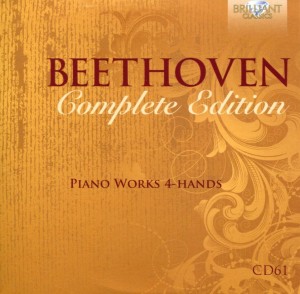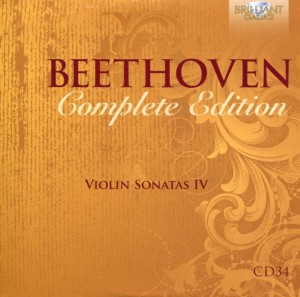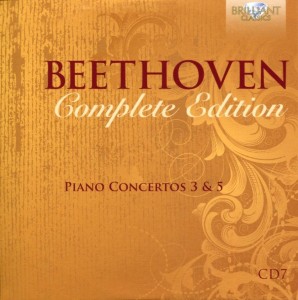 I don’t like songs. From a Classical composer, I like music.
I don’t like songs. From a Classical composer, I like music.
I realize songs are music.
But listening to operatic voices – usually in a foreign language – go on and on about something about which I know nothing is not my idea of a good time.
It’s not that these vocalists aren’t talented. No way. They’re are world-class performers.
On today’s CD, in fact, we have:
Peter Schreier tenor
Walter Olbertz piano
Adele Stolte soprano
I’ve encountered the name Peter Schreier many times before. He’s a gifted singer.
But if I’m going to listen to a vocalist accompanied by a piano, I’d rather it be Frank Sinatra. Or Sammy Davis, Jr. Or Dean Martin.
Most of the songs on today’s CD are of the Wo0# type, which means they’re Without Opus (WoO) number. In other words, songs Beethoven wrote but didn’t deem worthy to be given an opus number. That tells me something.
The first track is “Das Glück der Freundschaft.” It is Op. 88, composed in 1803. Beethoven was 33 when he wrote this song. Several other songs have an opus number. But not many.
Most of these songs sound the same to me. In fact, I had to repeatedly check to see if I iTunes was on another track because it sounded like I was on Repeat.





